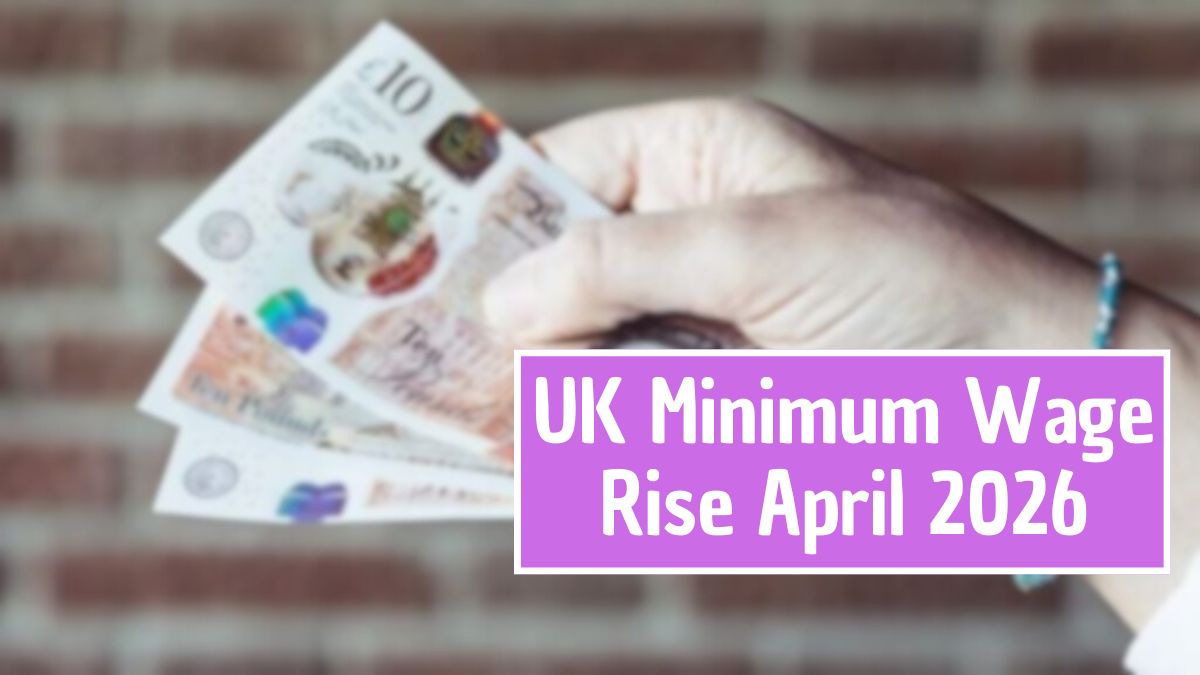The UK State Pension remains one of the most vital financial supports for retirees, providing millions of older citizens with a stable source of income in their later years. For 2025, the Department for Work and Pensions (DWP) has confirmed that the full new State Pension will be £221.20 per week, reflecting another year of increases under the government’s Triple Lock guarantee.
This article breaks down who qualifies, when payments are made, and how the system works, while also offering practical advice for maximizing your pension income.
What Is the UK State Pension?

The State Pension is a regular payment from the UK government to individuals who have reached State Pension age and have made sufficient National Insurance (NI) contributions during their working lives.
It serves as a foundation of income for retirees, helping cover essentials such as food, rent, energy bills, and healthcare.
In 2025, the full new State Pension stands at £221.20 per week, equivalent to around £11,500 annually. However, not everyone will receive the full amount — your payment depends on the number of qualifying NI years you have built up.
Those with incomplete contribution records may receive less, while people who have paid more or deferred their claim could receive slightly more.
Eligibility Criteria for the UK State Pension
To qualify for the State Pension, you must meet specific criteria set by the DWP:
- Age Requirement:
You must have reached the State Pension age, which in 2025 remains 66 years old, although it is gradually increasing to 67 by 2028. - National Insurance Contributions:
- You need at least 10 qualifying years on your NI record to get any State Pension.
- To receive the full £221.20 weekly rate, you must have 35 qualifying years of contributions.
- Residency Status:
You must live in the UK (or in certain countries with reciprocal agreements, such as the EU, Gibraltar, or Switzerland). - Automatic Assessment:
You don’t need to apply if you’ve claimed before. The DWP automatically adjusts your payment each April in line with the Triple Lock.
Key Payment Dates for Pensioners in 2025
The State Pension is typically paid every four weeks in arrears, directly into pensioners’ bank accounts. Some may choose weekly or monthly payments depending on their financial preference.
Here’s how the schedule generally works:
- Payment Frequency: Every four weeks (or weekly by special request)
- Implementation Date of New Rate: April 2025
- Payment Day: Based on your National Insurance number (for example, numbers ending in 00–19 are usually paid on Mondays)
- Annual Uprating: Adjustments take effect each April following the Triple Lock review
Pensioners should note that any missed notifications or unclaimed weeks can delay payment, so ensuring that your details with the DWP are current is essential
Understanding the Triple Lock Guarantee
The Triple Lock is a key mechanism that ensures the State Pension rises each year by the highest of three measures:
- Average earnings growth,
- Inflation (Consumer Price Index – CPI), or
- A minimum of 2.5%.
This policy protects pensioners’ income from being eroded by inflation or stagnant wages.
For 2025, the rise to £221.20 reflects the impact of wage growth outpacing inflation in the previous year — ensuring that retirees continue to benefit from rising living standards.
While critics argue that the Triple Lock is expensive for the government to maintain, supporters view it as a lifeline for older Britons, many of whom rely solely on their pension income.
How the £221.20 Weekly Rate Impacts Retirees
At first glance, £221.20 a week might seem modest, but across the year, it totals over £11,500, which forms the cornerstone of many retirees’ income.
For many, this payment supports key household expenses, such as:
- Utility bills and heating
- Groceries and transportation
- Healthcare and prescriptions
- Rent or mortgage payments
When combined with other DWP benefits like Pension Credit or Winter Fuel Payment, the total financial support can be considerably higher.
This amount helps maintain a basic standard of living for retirees, ensuring they aren’t forced to rely entirely on savings or family assistance.
How the State Pension Is Calculated
Your State Pension amount depends on your National Insurance record. Here’s how it works:
- Each year of NI contributions builds your entitlement.
- To get the full £221.20, you need 35 qualifying years.
- If you have between 10 and 34 years, you’ll receive a proportionate amount.
You can check your personal forecast by logging into the UK Government’s State Pension Forecast service at gov.uk/check-state-pension.
This tool helps you plan your retirement by showing:
- Your current entitlement,
- The earliest date you can claim, and
- Whether you can increase it by contributing voluntary NI payments
Why the State Pension Is Vital in 2025
With the cost of living remaining high, the State Pension is more important than ever for financial stability. It not only offers guaranteed income but also keeps pace with inflation and earnings, ensuring that pensioners don’t fall behind economically.
Recent government data shows that over 12 million people in the UK receive State Pension payments, making it one of the largest welfare programs in the country.
For many retirees without private pensions or substantial savings, this remains their primary source of income — and the Triple Lock helps preserve its real-world value.
How the State Pension Works with Other Benefits
The State Pension often works alongside other benefits to support low-income retirees. Some of the key complementary payments include:
- Pension Credit:
Tops up income for pensioners earning less than £218.15 (single) or £332.95 (couples) per week. - Winter Fuel Payment:
Provides a lump-sum payment of £100–£300 to help cover heating costs during winter. - Cold Weather Payment:
Automatic £25 payments during extended cold spells (below 0°C for 7 days). - Attendance Allowance:
For older adults with disabilities or health conditions requiring daily care. - Housing Benefit & Council Tax Reduction:
Available for pensioners on low incomes or living alone.
Combining these benefits can significantly enhance financial stability, helping retirees maintain comfort and dignity.
How to Maximize Your Pension Income
Here are practical steps retirees can take to ensure they receive the maximum possible State Pension:
- Check Your National Insurance Record:
Visit the HMRC portal to confirm you have 35 qualifying years. If not, consider paying voluntary NI contributions to fill any gaps. - Consider Deferring Your Pension:
If you can afford to delay claiming your pension, it will increase your weekly rate by roughly 1% for every 9 weeks deferred, or 5.8% per year. - Ensure All Benefits Are Claimed:
Many pensioners miss out on Pension Credit or Housing Benefit simply because they haven’t applied. - Plan Jointly with Your Partner:
Couples can strategically coordinate private and State Pensions to minimize tax and maximize combined income. - Stay Updated on Policy Changes:
Keep track of DWP announcements each autumn to anticipate new pension rates or eligibility updates.
The Role of the Triple Lock in Future Years
While the Triple Lock remains in place for 2025, discussions continue about its long-term affordability. The government has reaffirmed its commitment through the next election cycle, ensuring pensioners are protected at least until 2026.
Economic experts note that this policy remains vital for maintaining equality between working and retired populations, especially as energy, rent, and food prices continue to challenge household budgets.
Common Mistakes Pensioners Should Avoid
- Not checking NI records regularly, leading to underpayments.
- Failing to claim Pension Credit, which can also unlock other benefits.
- Assuming automatic entitlement to all benefits without checking eligibility.
- Ignoring tax implications of private pensions combined with the State Pension.
Avoiding these errors ensures you receive the maximum financial support available and prevents delays in payment.
Frequently Asked Questions (FAQs)
Q1. What is the new UK State Pension amount for 2025?
The full new State Pension for 2025 is £221.20 per week, equivalent to around £11,500 annually.
Q2. When will the new rate take effect?
The new rate comes into effect in April 2025, following the annual Triple Lock review.
Q3. How many years of National Insurance do I need for the full amount?
You need 35 qualifying years of NI contributions to receive the full £221.20 per week.
Q4. Does the Triple Lock still apply in 2025?
Yes. The Triple Lock guarantee remains active, ensuring the pension rises with the highest of inflation, earnings growth, or 2.5%.
Q5. Can I get my State Pension if I live abroad?
Yes, but increases under the Triple Lock may not apply if you live outside the UK or designated countries with reciprocal agreements.

















